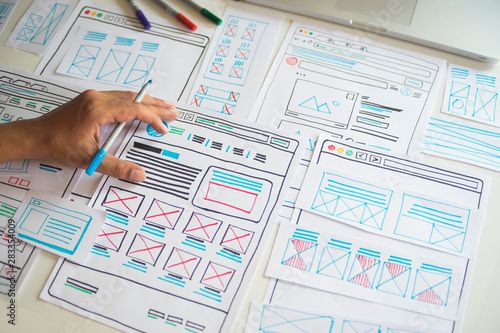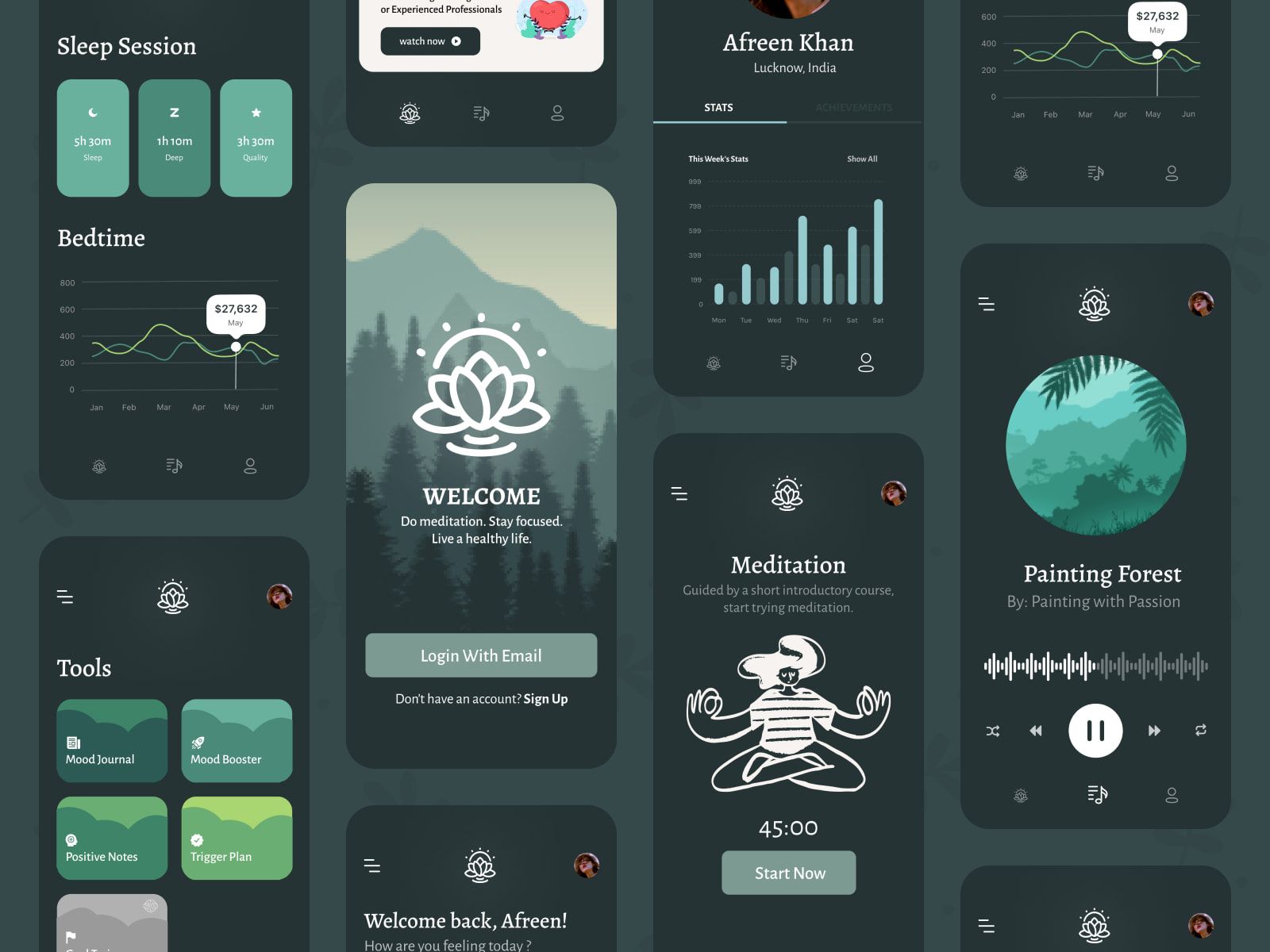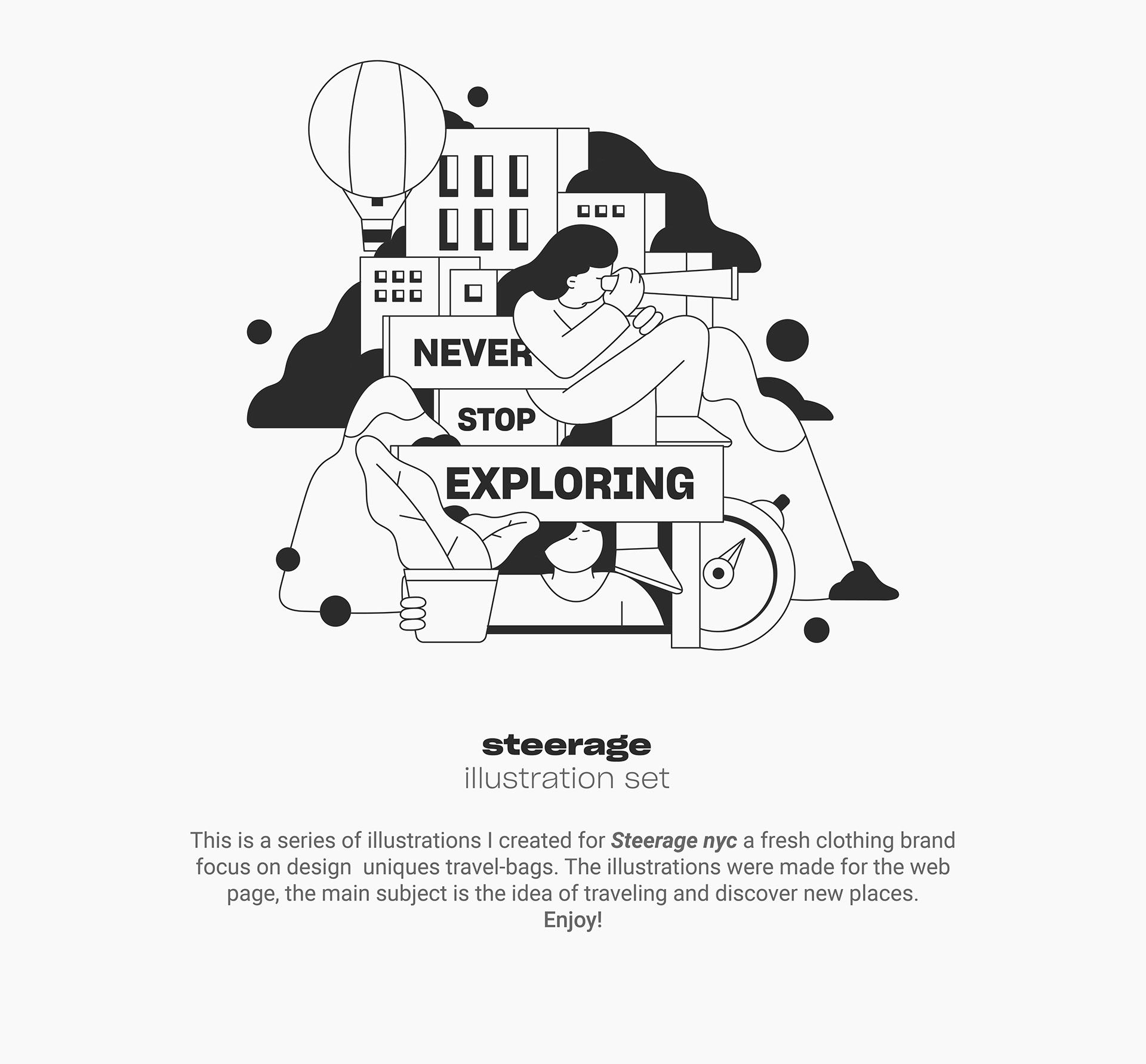PROGRAMS
Join thousands of people who organise
work and life with Novatr.
How to Successfully Shift Your Career from Architecture to UI UX Design
Thet Hnin Su Aung
7.5 mins read
July 07

Both architecture and UI UX design deal with user experience, physical and digital respectively. Architects, in fact, already have the upper hand when it comes to thinking about the needs of the users. They have been taught to consider many elements as part of ‘design’, including the experience of the users to a space. This already is the basic concept of UI UX design, even more so for the latter.
What skills are necessary for a career in UI UX design? Is it an easy feat? What steps does one have to take for the transition? Surely there will be many questions for those interested. Like many design fields, both architecture and UI/UX fields share similar elements and skills, but you will also have to familiarise yourself with new skills.
What exactly is UI UX design which has been growing as one of the most popular and highest-paid design fields?
What are UI and UX designs?

Difference between UI and UX design (Source:https://www.developersnation.co.in/)
UI stands for ‘user interface’, and it deals with the virtual presentation and feel of the interface. The role of a UI designer is to create a design that is both aesthetic and responsive.
UX, on the other hand, is the ‘user experience’ – how the interface would work. The role of a UX designer or researcher is to understand their users, and subsequently, what is needed in the designed product. Both fields prioritise user-centred design that is easy to understand and use. UI is essentially what you see, and UX is what goes behind it.
Architecture to UX design in particular is a common career shift as the two fields have many similarities. The practice of architects centres around user experience to provide human-centred and functional design. Moreover, architects can empathize with the users and are familiar with a feedback-oriented process.
Many professionals, in fact, have made the shift from architecture to UX design. If you are in the field of architecture and are thinking of shifting your interest and career to UI UX design, here are some steps to take as a way forward.
5 Steps to Shift Your Career from Architecture to UI UX Design
1. Research

UI & UX design processes (Source: https://invozone.com/)
Before you do anything else, research. Find out more about the industry, what it offers, and what is needed to thrive in it. What are the job titles and their responsibilities? What are the expectations and deliverables? There is no need to go into great detail right from the start. However, it is most important to get yourself acquainted with the field. Books and blog posts, or even podcasts, to name a few, can give you much helpful information. Also, talking to professionals and those with the same experience can nudge you in the right direction and give you the advice you are looking for. These will help you to make your next move.
2. Network With People From the Field
Talking to professionals and those who have made the switch will give you answers to even some of the toughest questions and doubts. LinkedIn is an ideal platform to connect with professionals. Try attending seminars and events, or even some workshops if you can. But remember, be brave to reach out to those people. If you have some projects done, showcase your work. That can help you initiate interactions with other like-minded people.
3. Learn Relevant Skills

User experience concept (Source: https://stock.adobe.com/)
Both architecture and UI/UX designs share many similarities. Regardless of the field, design is design. The basics are very much similar. Many of the skills you would have learnt and practised in architecture school, both soft and hard skills, are transferable. Nevertheless, you will need to become adept in new tools and skills to start working on projects. The most common software used in UI/UX design is Adobe XD, Figma, Sketch, and InVision, to name a few. Additionally, you should familiarise yourself with the design principles for a responsive design. For example, for UI, hierarchy, contrast and typography are some of the common principles, while research and user persona are some important principles for UX.
To learn more about UI/UX design, take a short course or an intensive one. Both help to an extent and you will have a portfolio as you work through the course. You can still learn on your own but for some, taking a formal class gives a more structured approach.
4. Build Your UI UX Design Portfolio

Medic Meditation App UI design templates (Source: https://dribbble.com)
Just like in architecture, the portfolio is vital to showcase your skills. Hence, it is advisable to start building the portfolio once you have decided to transition. It will become invaluable when you start job hunting or apply for intensive long-term specialised courses. When you have learnt relevant skills, it is paramount that you keep practising what you have learnt. Your coursework can be a start. It is also good to work on something you weren’t satisfied with. It could be a UI or just any design. Remake it into your version. Such projects will be good additions to the UI/UX portfolio.
5. Take up UI UX Design Internships

Steerage illustration set (Source: https://www.behance.net/)
Internships are vital to truly experience the real working environment. It is where you can further enhance your portfolio with real projects. It will also give you more credibility, which in return gets the trust of potential clients. Another option is to join boot camps wherein you can learn UI UX in the most fundamental and practical methods while getting hands-on experience. Choosing the right boot camp will gear you towards being ready for real jobs. Both options will be huge support with mentorships, career and portfolio coaching, and getting to meet fellow UI/UX beginners.
If you truly have an interest in transitioning to the UI/UX field, find out all you can about it before making a decision. One other question you should ask yourself is whether you want to work in a UI UX firm or be a freelance designer. And the research can help you come up with an answer.
Understand the parallels between the two fields and use them to your advantage. Having experience in another design field will bring something unique to the table. Of course, the same can be said for any profession. But the underlying concepts and workflow are all familiar to architects. The design thinking portion is equally, if not even more, important than software. And luckily, it is something all architecture students have learnt to practise since the first year.
If you are someone who has been wanting to make this career shift from architecture to UI/UX design, stay tuned to our Resources page for more interesting insights on architecture and design careers.
And if you wish to advance in your architecture career, now is the time to learn the most relevant industry skills. Check out our courses: BIM Professional Course and Parametric Modelling Certification Course and find out why many designers have upskilled with us.

Join 100,000 designers who read us every month


